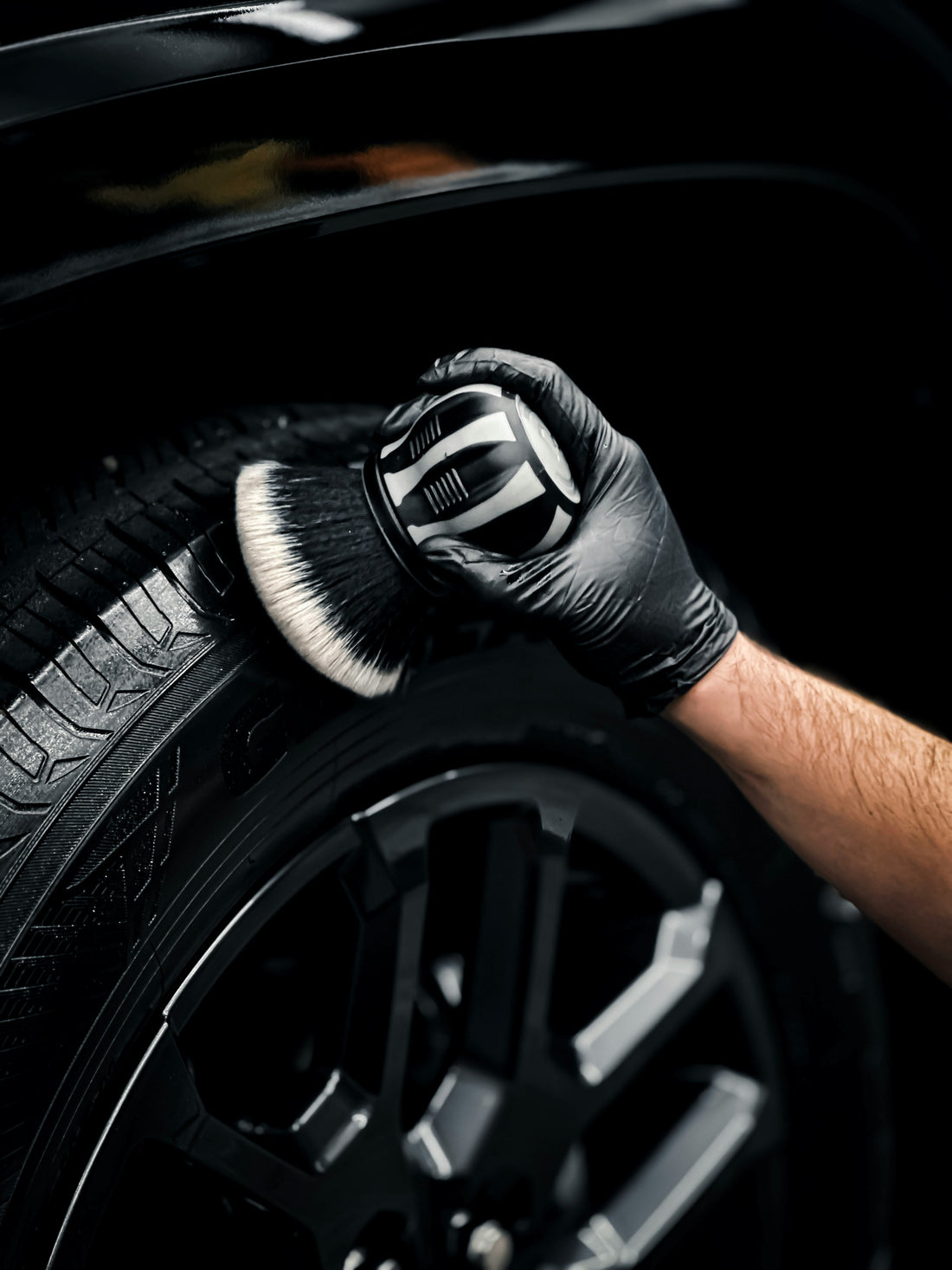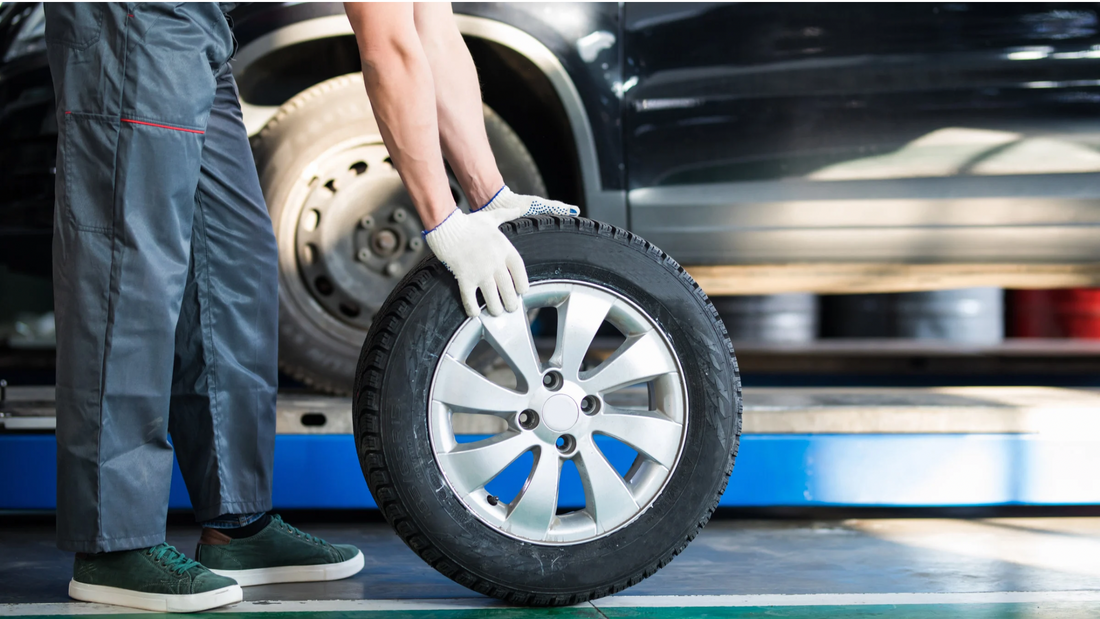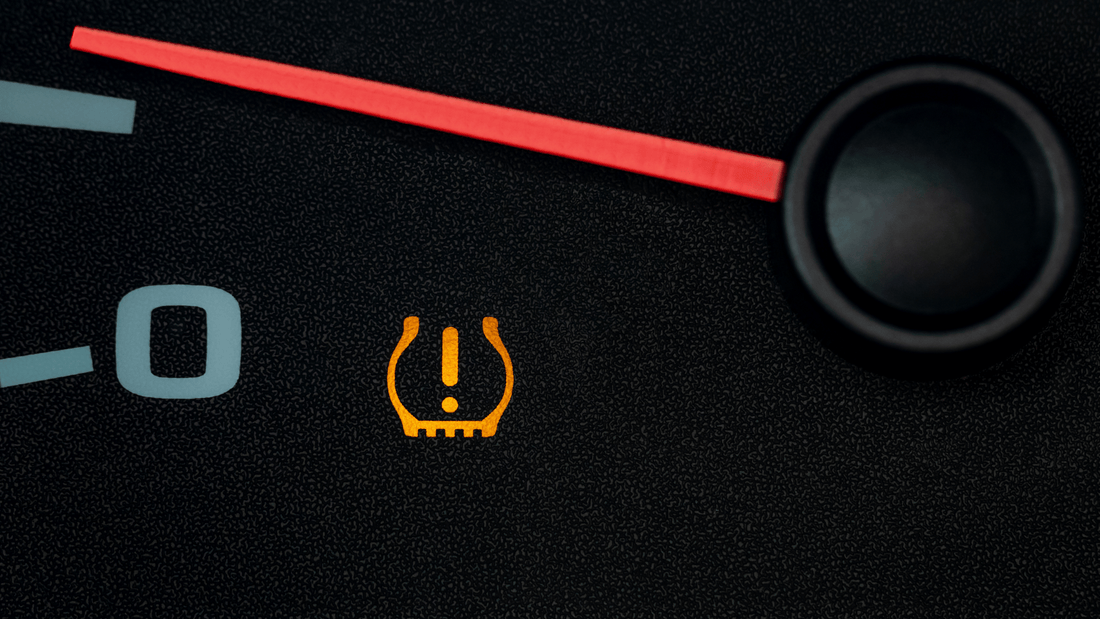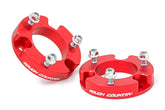






The Importance of Tire Rotation: When and How Often Should You Rotate Your Tires?
Tire rotation is a crucial aspect of tire maintenance that often gets overlooked. Proper rotation ensures even wear on your tires, prolonging their lifespan and enhancing your vehicle’s performance and safety. In this blog post, we’ll delve into the frequency of tire rotation, signs indicating it’s time for a rotation, and the correct rotation patterns for different types of vehicles.
Frequency of Tire Rotation:
The general recommendation for tire rotation is every 6,000 to 8,000 miles, or roughly every six months. However, this can vary depending on your driving habits, vehicle type, and tire manufacturer’s recommendations. Regular rotation helps to equalize tire wear, ensuring that all tires wear evenly and extend their lifespan.
Signs You Might Need a Rotation:
1. Uneven Tire Wear: Inspect your tires for signs of uneven wear, such as excessive wear on the outer edges or center of the tread. This can indicate the need for rotation.
2. Vibrations or Pulling: If you experience vibrations or your vehicle pulls to one side while driving, it could be due to uneven tire wear, indicating the need for rotation.
3. Tire Pressure Discrepancy: Check your tire pressure regularly, and if you notice one tire consistently has lower pressure than the others, it may signal uneven wear and the need for rotation.
Rotation Patterns Based on Vehicle Type:
1. Front-Wheel Drive (FWD) Vehicles: For FWD vehicles, the front tires wear out faster due to bearing the brunt of acceleration, braking, and steering. Rotate the tires by moving the front tires straight back to the rear axle, and the rear tires crisscrossed to the front axle.
2. Rear-Wheel Drive (RWD) Vehicles: RWD vehicles tend to wear out the rear tires more quickly. Rotate the tires by moving the rear tires straight forward to the front axle, and the front tires crisscrossed to the rear axle.
3. All-Wheel Drive (AWD) Vehicles: With AWD vehicles, tire wear is more evenly distributed, but it’s still essential to rotate them regularly. Follow the manufacturer’s recommendations, typically rotating tires in an “X” pattern to ensure even wear.
4. Four-Wheel Drive (4x4) Vehicles: Similar to AWD vehicles, 4x4 vehicles should follow a regular rotation pattern recommended by the manufacturer, often involving an “X” pattern rotation.
Tire rotation is a simple yet effective maintenance task that can significantly impact the lifespan and performance of your tires. By following the recommended rotation schedule and paying attention to signs of uneven wear, you can ensure that your tires wear evenly, resulting in a smoother ride, improved fuel efficiency, and enhanced safety on the road.
Keywords: tire rotation, tire maintenance, tire wear, vehicle type, front-wheel drive, rear-wheel drive, all-wheel drive, 4x4, rotation patterns, uneven wear, tire lifespan, tire performance, tire safety.



